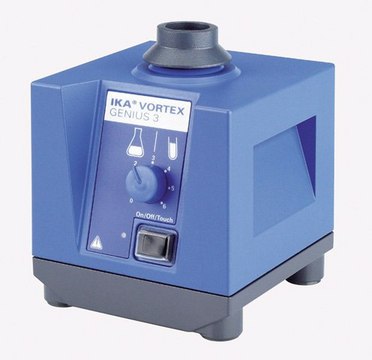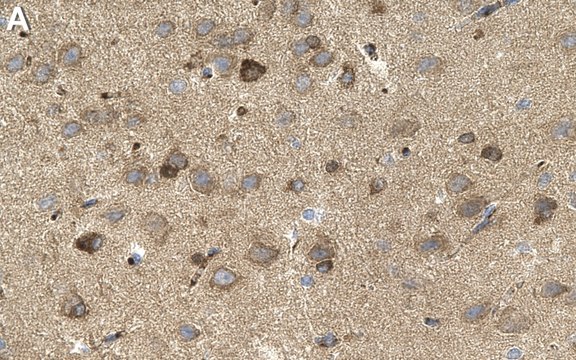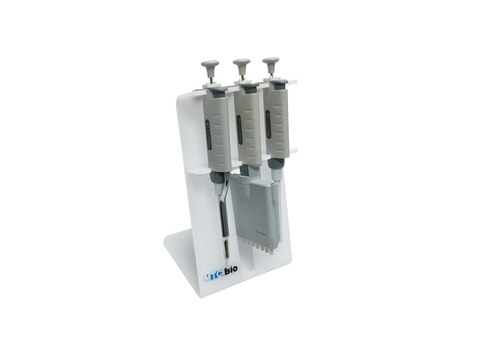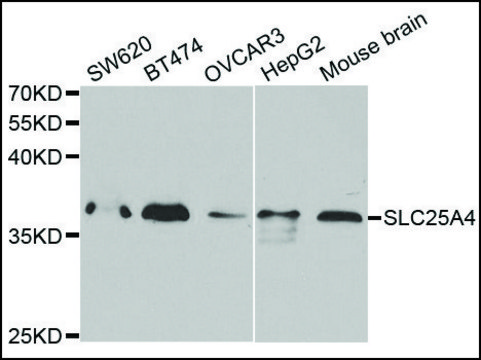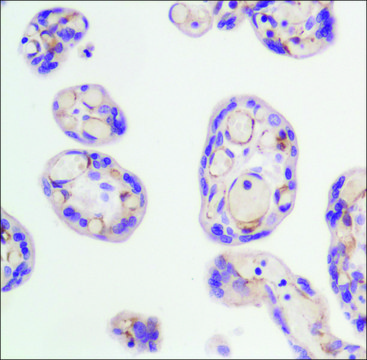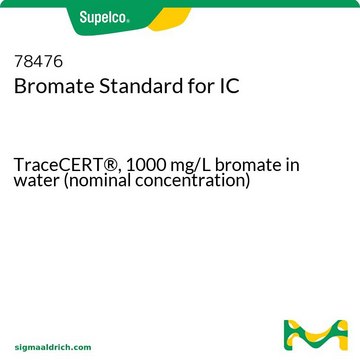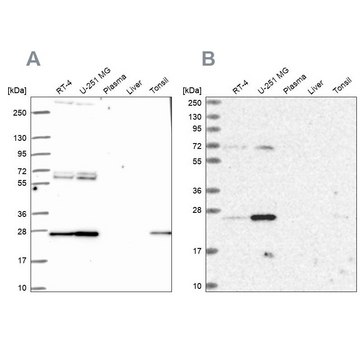一般描述
We are committed to bringing you greener alternative products, which adhere to one or more of The 12 Principles of Green Chemistry.This antibody is Preservative-free, produced without the harm or sacrifice of animals and exceptionally stable to allow for ambient shipping and storage if needed and thus aligns with "Waste Prevention", "Designing Safer Chemicals" and "Design for Energy Efficiency".
Click here for more information.
ZooMAb® antibodies represent an entirely new generation of recombinant monoclonal antibodies.Each ZooMAb® antibody is manufactured using our proprietary recombinant expression system, purified to homogeneity, and precisely dispensed to produce robust and highly reproducible lot-to-lot consistency. Only top-performing clones are released for use by researchers. Each antibody is validated for high specificity and affinity across multiple applications, including its most commonly used application. ZooMAb® antibodies are reliably available and ready to ship when you need them.
特异性
Clone 3E21 is a ZooMAb® Rabbit recombinant monoclonal antibody that specifically detects VEGFR-2. It targets an epitope within the C-terminal, cytoplasmic domain.
免疫原
His-tagged recombinant fragment corresponding to 185 amino acids from the cytoplasmic domain in the C-terminal region of human VEGFR-2.
应用
Quality Control Testing
Evaluated by Western Blotting in Human umbilical vein endothelial cells (HUVEC) lysate.
Western Blotting Analysis: A 1:1,000 dilution of this antibody detected VEGFR-2 in Human umbilical vein endothelial cells (HUVEC) lysate.
Tested applications
Immunohistochemistry (Paraffin) Analysis: A 1:100 dilution from a representative lot detected VEGFR-2 in human placenta tissue sections.
Immunocytochemistry Analysis: A 1:100 dilution from a representative lot detected VEGFR-2 in Human umbilical vein endothelial cells (HUVEC).
Affinity Binding Assay: A representative lot of this antibody bound recombinant Human VEGFR-2 with a KD of 3.4 x 10-7 in an affinity binding assay.
Note: Actual optimal working dilutions must be determined by end user as specimens, and experimental conditions may vary with the end user
Evaluated by Western Blotting in Human umbilical vein endothelial cells (HUVEC) lysate.
Western Blotting Analysis: A 1:1,000 dilution of this antibody detected VEGFR-2 in Human umbilical vein endothelial cells (HUVEC) lysate.
目标描述
Vascular endothelial growth factor receptor 2 (UniProt: P35968; also known as EC:2.7.10.1, VEGFR-2, Fetal liver kinase 1, FLK-1, Kinase insert domain receptor, KDR, Protein-tyrosine kinase receptor flk-1, CD309) is encoded by the KDR (also known as FLK1, VEGFR2) gene (Gene ID: 3791) in human. VEGFR-2 is highly glycosylated protein that is synthesized with a signal peptide (aa 1-19), which is subsequently cleaved off to produce the mature form that contains an extracellular domain (aa 20-764), a transmembrane domain (aa 765-785), and a cytoplasmic domain (aa 786-1356). In the absence of a bound ligand, it exists as a monomer. However, it homodimerizes upon binding to ligands and undergoes autophosphorylation and activation. It acts as a cell-surface receptor for VEGFA, VEGFC, and VEGFD and has protein tyrosine kinase activity. It plays an essential role in the regulation of angiogenesis, vascular development, vascular permeability, and embryonic hematopoiesis. It promotes proliferation, survival, migration, and differentiation of endothelial cells. Three isoforms of VEGFR-2 have been described that are produced by alternative splicing. Binding of VEGF to isoform 1 leads to the activation of several signaling cascades, including the activation of ERK1, ERK2, and AKT1. It is also required for VEGFA-mediated induction of NOS2 and NOS3, leading to the production of the nitric oxide by endothelial cells. Isoforms 2 and 3 lack a transmembrane domain and may function as decoy receptors for VEGFA, VEGFC, and VEGFD. Isoform 2 is reported to play a role as negative regulator of VEGFA- and VEGFC-mediated lymphangiogenesis by limiting the amount of free VEGFA and/or VEGFC and preventing their binding to FLT4. This ZooMAbZooMAb® recombinant monoclonal antibody, generated by our propriety technology, offers significantly enhanced specificity, affinity, reproducibility, and stability over conventional monoclonals. (Ref.: Wang, X., et al. (2020). Front. Dev. Biol. 8; :599281; Dougher, M., and Terman, BI. (1999). Oncogene. 18(8); 1619-1627; Kroll, J., and Waltenberger, J. (1998). Biochem. Biophys. Res. Commun. 252(3); 743-746).
外形
Purified recombinant rabbit monoclonal antibody IgG, lyophilized in PBS, 5% Trehalose, normal appearance a coarse or translucent resin. The PBS/trehalose components in the ZooMAb formulation can have the appearance of a semi-solid (bead like gel) after lyophilization. This is a normal phenomenon. Please follow the recommended reconstitution procedure in the data sheet to dissolve the semi-solid, bead-like, gel-appearing material. The resulting antibody solution is completely stable and functional as proven by full functional testing. Contains no biocide or preservatives, such as azide, or any animal by-products. Larger pack sizes provided as multiples of 25 μL.
重悬
300 μg/mL after reconstitution at 25 μL per vial. Please refer to guidance on suggested starting dilutions and/or titers per application and sample type.
储存及稳定性
Recommend storage of lyophilized product at 2-8°C; Before reconstitution, micro-centrifuge vials briefly to spin down material to bottom of the vial; Reconstitute each vial by adding 25 μL of filtered lab grade water or PBS; Reconstituted antibodies can be stored at 2-8°C, or -20°C for long term storage. Avoid repeated freeze-thaws.
法律信息
ZooMAb is a registered trademark of Merck KGaA, Darmstadt, Germany
免责声明
Unless otherwise stated in our catalog or other company documentation accompanying the product(s), our products are intended for research use only and are not to be used for any other purpose, which includes but is not limited to, unauthorized commercial uses, in vitro diagnostic uses, ex vivo or in vivo therapeutic uses or any type of consumption or application to humans or animals.


